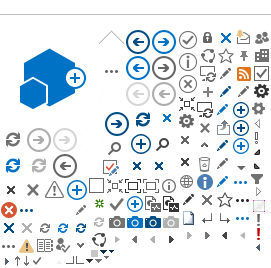Rationale for Activity | The CCSDS File Delivery Protocol (CFDP) provides file transfer functionality that can offer significant benefits for spacecraft operations. Not all spacecraft communication requirements necessarily fit the file transfer model, however. In particular, continuous, event-driven asynchronous message exchange may also be useful for communications with and among spacecraft. Examples include: – streaming engineering (housekeeping) data; – real-time commanding; – continuous collaborative operation among robotic craft. NASA’s proposed new Command, Control, Communications, and Information (C3I) architecture for the Crew Exploration Vehicle and other Constellation program elements is based on an asynchronous message exchange framework. At the same time, large-scale, efficient, robust asynchronous message exchange can be difficult to implement. Among the challenges: – A successful large-scale message system must tolerate heterogeneity in deployment platforms, security regimes, communication environments, QOS requirements, performance requirements, and levels of cost tolerance. – In order to support continuous mission-critical operation, a message system must tolerate unplanned changes in application topology. This tolerance of change entails autonomous discovery of communication endpoints and automatic reconfiguration, to minimize operations cost and risk. – Distributed systems based on asynchronous message exchange are typically less labor-intensive to configure, upgrade, and operate if message transmission conforms to the peer-to-peer ‘publish/subscribe’ (or ‘push’) model rather than the ‘client/server’ model. But publish/subscribe communication is made possible only by extensive underlying automation. Consequently most existing asynchronous message exchange systems are proprietary, licensed products rather than open international standards. Moreover, no such system is designed for mission-critical operation on deep space robots. We believe that an open CCSDS standard for large-scale, publish/subscribe-based asynchronous message exchange would be a useful alternative. |
Goals | AMS-WG is a Standards Track Working Group. The Working Group will develop a Recommended Standard for an Asynchronous Message Service, based on the Concept Paper submitted with this Charter, that satisfies the requirements identified by the AMS BOF group. Per standard CCSDS procedure, development of this Recommended Standard will entail demonstration of two interoperable implementations of the protocol and service. |
Technical Risk Mitigation Strategy | The service concept is derived from a design, developed at JPL in the mid-1990s, which has proved efficient and stable in a number of deployments over the past decade; JPL’s initial implementation of AMS will be adapted from that established code base. Technical risk therefore appears to be minimal. |


